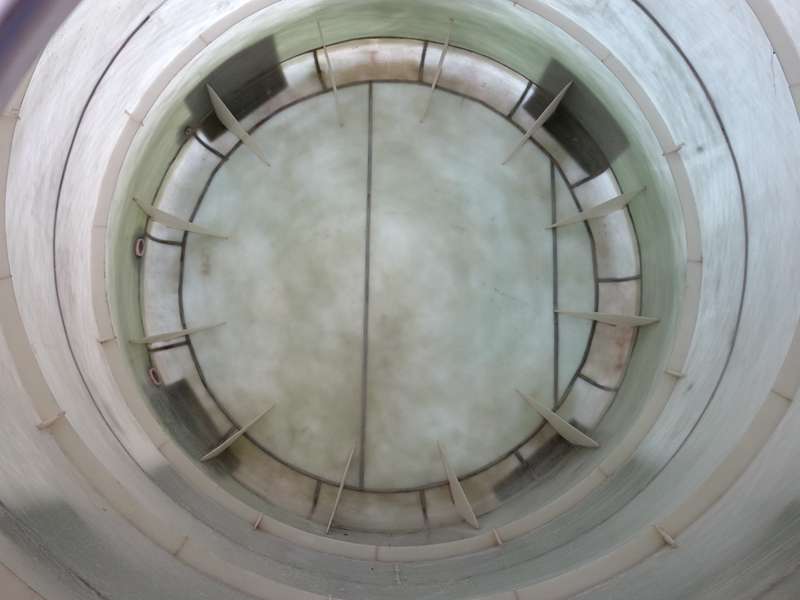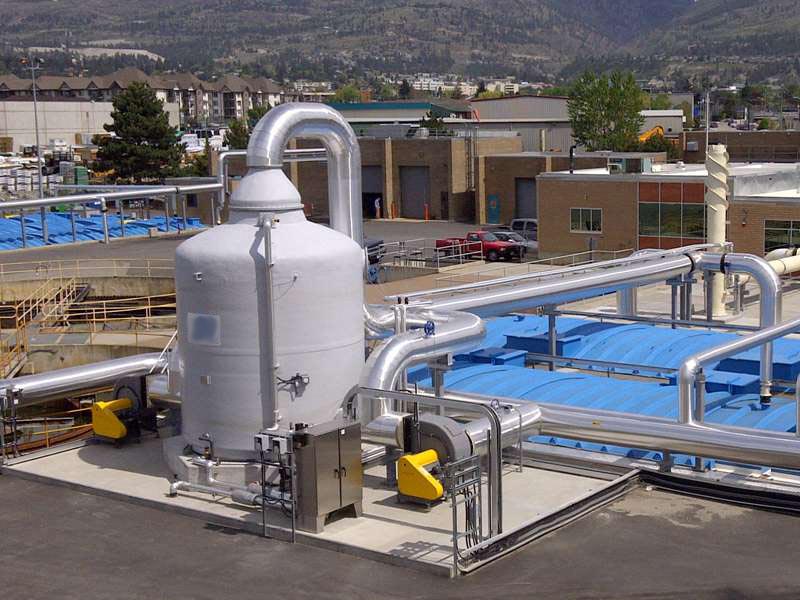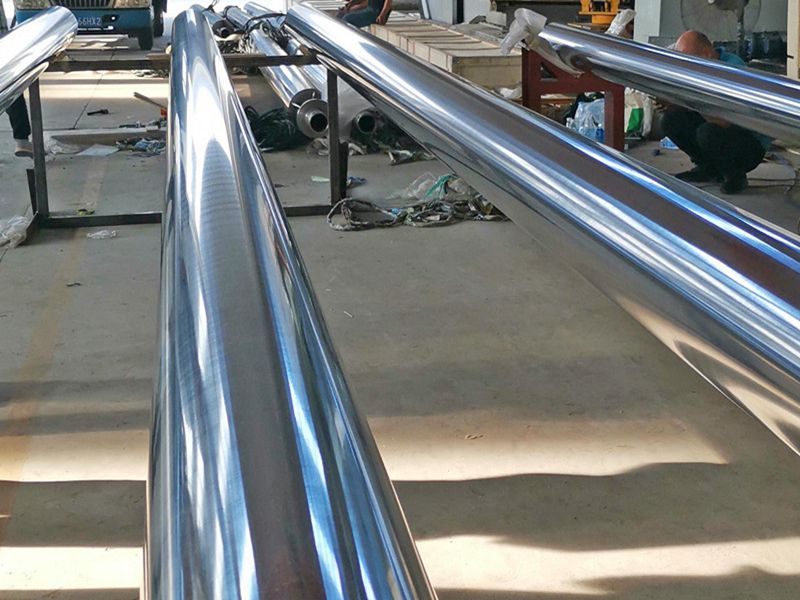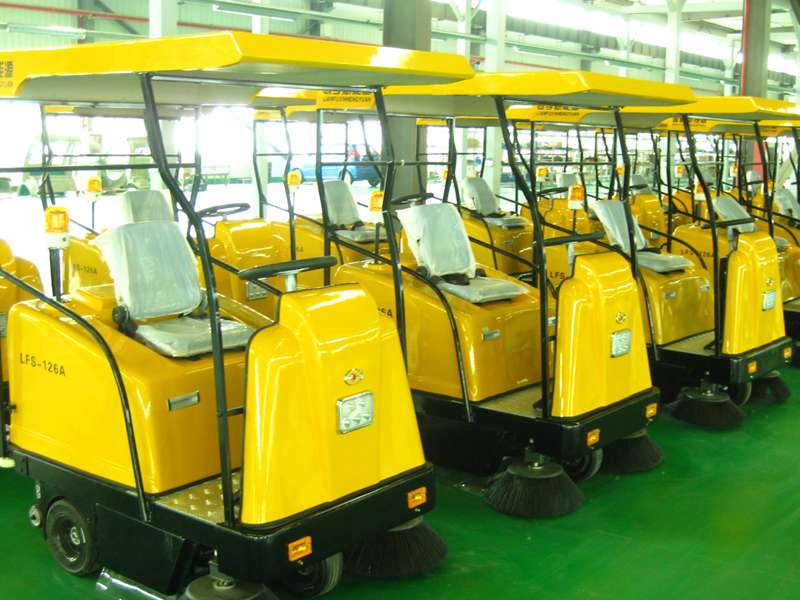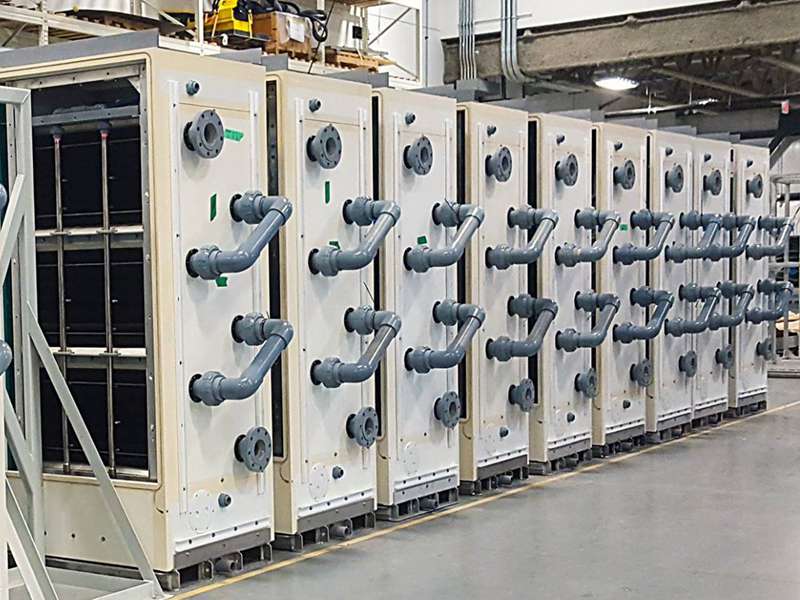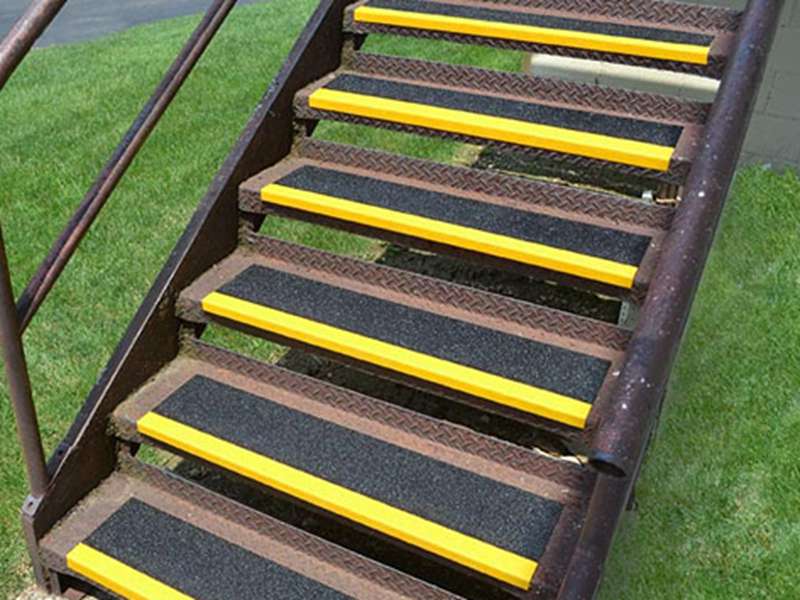
-
 Afrikaans
Afrikaans -
 Albanian
Albanian -
 Amharic
Amharic -
 Arabic
Arabic -
 Armenian
Armenian -
 Azerbaijani
Azerbaijani -
 Basque
Basque -
 Belarusian
Belarusian -
 Bengali
Bengali -
 Bosnian
Bosnian -
 Bulgarian
Bulgarian -
 Catalan
Catalan -
 Cebuano
Cebuano -
 China
China -
 China (Taiwan)
China (Taiwan) -
 Corsican
Corsican -
 Croatian
Croatian -
 Czech
Czech -
 Danish
Danish -
 Dutch
Dutch -
 English
English -
 Esperanto
Esperanto -
 Estonian
Estonian -
 Finnish
Finnish -
 French
French -
 Frisian
Frisian -
 Galician
Galician -
 Georgian
Georgian -
 German
German -
 Greek
Greek -
 Gujarati
Gujarati -
 Haitian Creole
Haitian Creole -
 hausa
hausa -
 hawaiian
hawaiian -
 Hebrew
Hebrew -
 Hindi
Hindi -
 Miao
Miao -
 Hungarian
Hungarian -
 Icelandic
Icelandic -
 igbo
igbo -
 Indonesian
Indonesian -
 irish
irish -
 Italian
Italian -
 Japanese
Japanese -
 Javanese
Javanese -
 Kannada
Kannada -
 kazakh
kazakh -
 Khmer
Khmer -
 Rwandese
Rwandese -
 Korean
Korean -
 Kurdish
Kurdish -
 Kyrgyz
Kyrgyz -
 Lao
Lao -
 Latin
Latin -
 Latvian
Latvian -
 Lithuanian
Lithuanian -
 Luxembourgish
Luxembourgish -
 Macedonian
Macedonian -
 Malgashi
Malgashi -
 Malay
Malay -
 Malayalam
Malayalam -
 Maltese
Maltese -
 Maori
Maori -
 Marathi
Marathi -
 Mongolian
Mongolian -
 Myanmar
Myanmar -
 Nepali
Nepali -
 Norwegian
Norwegian -
 Norwegian
Norwegian -
 Occitan
Occitan -
 Pashto
Pashto -
 Persian
Persian -
 Polish
Polish -
 Portuguese
Portuguese -
 Punjabi
Punjabi -
 Romanian
Romanian -
 Russian
Russian -
 Samoan
Samoan -
 Scottish Gaelic
Scottish Gaelic -
 Serbian
Serbian -
 Sesotho
Sesotho -
 Shona
Shona -
 Sindhi
Sindhi -
 Sinhala
Sinhala -
 Slovak
Slovak -
 Slovenian
Slovenian -
 Somali
Somali -
 Spanish
Spanish -
 Sundanese
Sundanese -
 Swahili
Swahili -
 Swedish
Swedish -
 Tagalog
Tagalog -
 Tajik
Tajik -
 Tamil
Tamil -
 Tatar
Tatar -
 Telugu
Telugu -
 Thai
Thai -
 Turkish
Turkish -
 Turkmen
Turkmen -
 Ukrainian
Ukrainian -
 Urdu
Urdu -
 Uighur
Uighur -
 Uzbek
Uzbek -
 Vietnamese
Vietnamese -
 Welsh
Welsh -
 Bantu
Bantu -
 Yiddish
Yiddish -
 Yoruba
Yoruba -
 Zulu
Zulu
High-Quality FRP Tee Manufacturer Durable FRP Drum & Panel Solutions
- Introduction: Overview of FRP Tee, FRP Drum, and FRP Panel Products
- Performance Data and Key Technical Advantages of FRP Tee
- Manufacturer Comparison: Market Leaders in FRP Solutions
- Customization Solutions: Tailoring FRP Products for Industry Needs
- Application Cases: Real-World Implementations and Impact
- Future Trends and Innovations in Composite FRP Products
- Conclusion: Choosing the Right FRP Tee for Superior Performance

(frp tee)
Introduction to FRP Tee and Related Composite Solutions
The demand for durable, high-performance piping components has led to rapid advancements in fiber-reinforced plastic (FRP) solutions, particularly the FRP tee. Alongside the FRP drum and FRP panel, these composite products form the backbone of modern fluid transport, storage, and construction systems. As industries—from chemical processing to water treatment—seek alternatives to conventional metal solutions, the market for FRP products grows steadily. According to recent studies, the global FRP market size is projected to reach USD 7.2 billion by 2028, reflecting a CAGR above 5.6%. The primary drivers include corrosion resistance, weight reduction, and versatility. This blog explores the data-backed advantages, leading manufacturers, customization strategies, and real-world case studies to provide an in-depth understanding of FRP tees and their related products.
Performance Data and Key Technical Advantages
The unique composition of FRP materials—combining glass fiber with thermosetting resins—translates into a suite of technical benefits for tees, drums, and panels. When compared to traditional metal fittings, FRP tee joints offer exceptional resistance to chemicals and moisture, significantly minimizing the risk and cost of corrosion-related failures. For example, laboratory tests demonstrate that FRP tees retain over 97% of their tensile strength after 10 years in acidic environments, whereas comparable steel fittings lose nearly 28% strength over the same period.
Comparative Data Table: FRP Tee vs. Steel Tee vs. PVC Tee
| Property | FRP Tee | Steel Tee | PVC Tee |
|---|---|---|---|
| Tensile Strength (MPa) | 150-200 | 350-600 | ~55 |
| Corrosion Resistance | Excellent | Variable | Good |
| Weight (kg, 100mm dia, 1m length) | 5.3 | 13.2 | 6.0 |
| Lifetime in Harsh Chemicals (years) | 25-35 | 8-12 | 10-15 |
| Thermal Conductivity (W/m·K) | 0.25 | 50.2 | 0.19 |
Such performance data confirms why industrial plants, municipal projects, and OEMs increasingly transition to FRP-based solutions. Additionally, FRP drum and panel products exhibit similar strengths: non-magnetic properties, excellent fatigue resistance, and light weight, reducing installation labor by up to 30%.
Manufacturer Comparison: Market Leaders in FRP Solutions
Choosing the right manufacturer means considering not just the quality of the core products (FRP tee, FRP drum, FRP panel), but also after-sales support, documentation, and adherence to international standards like ASTM D2310 and ISO 14692. Globally, several key players dominate the market with innovation-driven production:
| Manufacturer | Certifications | Main Product Focus | Min. Order Lead Time (days) | Notable Projects |
|---|---|---|---|---|
| FuturePipe Industries | ISO 9001, 14001, OHSAS 18001 | FRP Pipes, Fittings | 20 | Suez Canal Modernization |
| Enduro Composites | ASTM, ISO, NSF | FRP Structures & Panels | 18 | Chevron Refineries |
| Smithline Reinforced Composites | API, ISO 14692 | FRP Tees & Drums | 22 | Sinopec Facilities |
| National Oilwell Varco | ISO 9001, API | Large Diameter FRP Pipes | 25 | BP Deepwater Platforms |
These manufacturers distinguish themselves through material innovation—such as UV-stabilized resins, CNC-controlled winding, and low-VOC emissions—ensuring both regulatory compliance and the highest operational reliability.
Customization Solutions: Tailoring FRP Tee, Drum, and Panel to Industry Needs
One of the most compelling aspects of FRP product technology is the near-limitless customization. Modern plants often have unique physical, chemical, or regulatory requirements. For instance, a bulk storage facility may need an FRP drum rated for 16 bar pressure, with internal diameters precisely matched to existing infrastructure. Similarly, water treatment projects frequently require specialty FRP tees with custom branch angles or integrated flanges and corrosion liners.
Manufacturers offer collaborative engineering processes:
- Resin System Selection: Vinylester, epoxy, and polyester matrices specified to withstand targeted chemical exposures
- Reinforcement Architecture: Unidirectional, woven roving, or surfacing veils optimize mechanical performance and longevity
- Design Geometry: 3D CAD modeling ensures perfect branch alignment, wall thickness, and joint compatibility with legacy steel, PVC, or concrete piping
- Accessories: Optional features include conductivity strips, integrated sensors, or thermal insulation jacketing
Application Cases: Real-World Implementations and Impact
Across energy, water, and chemical sectors, the shift to advanced FRP tee, drum, and panel systems has delivered measurable improvements in reliability and performance. In the Middle East, a petrochemical processing facility replaced 120 steel tees with custom-fabricated FRP tees—resulting in a 70% reduction in corrosion maintenance events and project downtime over three years. Similarly, municipal water authorities in Southeast Asia retrofitted treatment plants using modular FRP panels, reducing civil engineering labor by 24% and expediting the commissioning process by six weeks per expansion phase.
In another example, a Canadian pulp and paper facility implemented high-capacity FRP drums in its waste management process, achieving a 36% increase in service intervals and reducing the need for internal coatings, which frequently delaminate in steel drums. Because FRP tee assemblies can be rapidly prefabricated and hydrotested, average onsite installation times fall from 8 hours (metal) to less than 3 hours. Such cases demonstrate the direct operational and economic incentives for industries to adopt composite solutions.
Future Trends and Innovations in Composite FRP Products
The next frontier in FRP technology leverages nanopolymers, intelligent sensors, and automated manufacturing for even greater performance. Researchers project that by 2030, up to 60% of industrial triggers for major pipe or fitting replacements will involve predictive maintenance, powered by embedded sensors within FRP tee and panel products. Advanced nanopolymer coatings further enhance chemical and UV resistance, extending in-service lifespan by up to 40% over currently available solutions. Furthermore, CNC filament winding and 3D printing enable true on-demand customization—allowing for limitless product geometries, rapid prototyping, and greater repeatability. The convergence of these innovations points to a future where FRP drums, tees, and panels not only rival but significantly outperform legacy materials in nearly every metric of cost, reliability, and sustainability.
Conclusion: Why the Right FRP Tee Maximizes Value and Longevity
As industries worldwide recognize the transformative potential of composite solutions, selecting the optimal FRP tee becomes a strategic investment—not just a part replacement. When combined with high-performance FRP drum and FRP panel assemblies, operators realize exceptional corrosion resistance, lower installation costs, and unprecedented adaptability. Supported by global manufacturers and continuous innovation, FRP systems mark a decisive shift toward efficient, sustainable infrastructure. Informed by data, customized engineering, and real-world outcomes, the choice of an advanced FRP tee is key to unlocking decades of reliable, low-maintenance operations for critical systems.
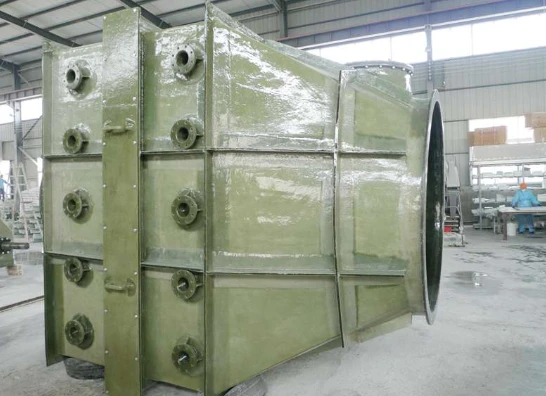
(frp tee)
FAQS on frp tee
Q: What is an FRP tee and where is it commonly used?
A: An FRP tee is a fitting made from fiber-reinforced plastic, shaped like the letter "T". It is commonly used in piping systems for branching connections. FRP tees are popular in chemical processing, water treatment, and industrial projects.
Q: What are the main benefits of using FRP tees over metal tees?
A: FRP tees are lightweight, corrosion-resistant, and have a long service life. They are ideal for harsh environments where metals might corrode. Additionally, FRP tees often require less maintenance than metal alternatives.
Q: How do FRP drums complement FRP tees in an industrial setup?
A: FRP drums are used for storing and transporting chemicals, while FRP tees facilitate the flow within piping systems. Using both ensures complete corrosion resistance. They work together to maintain system integrity and reduce maintenance costs.
Q: Are FRP panels compatible with systems that use FRP tees and drums?
A: Yes, FRP panels can be used with FRP tees and drums for comprehensive corrosion resistance. They are typically used as protective cladding or structural components. This compatibility ensures a fully integrated FRP-based system.
Q: What factors should I consider when selecting an FRP tee for my project?
A: Consider the chemical compatibility, pressure rating, and size when choosing an FRP tee. Ensure it matches the specifications of adjoining FRP drums or panels. Always consult supplier datasheets for detailed properties and suitability.
Latest news
-
High-Quality Fiberglass Hood & FRP Hood Manufacturer Custom Fiberglass Tanks AvailableNewsJul.05,2025
-
High-Strength Molded Fiberglass Grating Durable Molded Grating SolutionsNewsJul.05,2025
-
High-Quality FRP Tee Manufacturer Durable FRP Drum & Panel SolutionsNewsJul.05,2025
-
High-Performance FRP Scrubber – Advanced Fiberglass Scrubber for Effective Cleaning & Stain RemovalNewsJul.04,2025
-
Fiberglass 90 Degree Elbow for Custom Tanks & High Pressure Pipes Durable and Corrosion ResistantNewsJun.24,2025
-
Exploring the Benefits of Top Hammer Drifter Rods for Enhanced Drilling PerformanceNewsJun.10,2025


